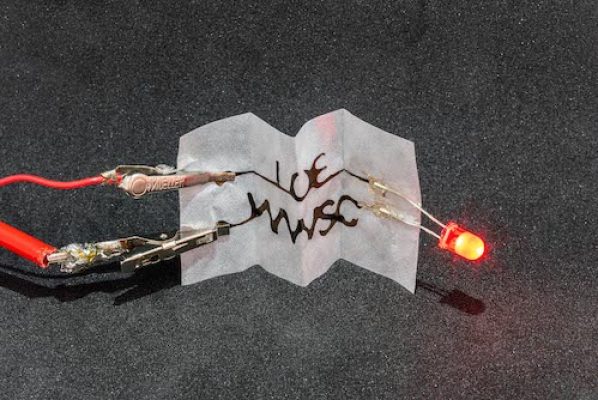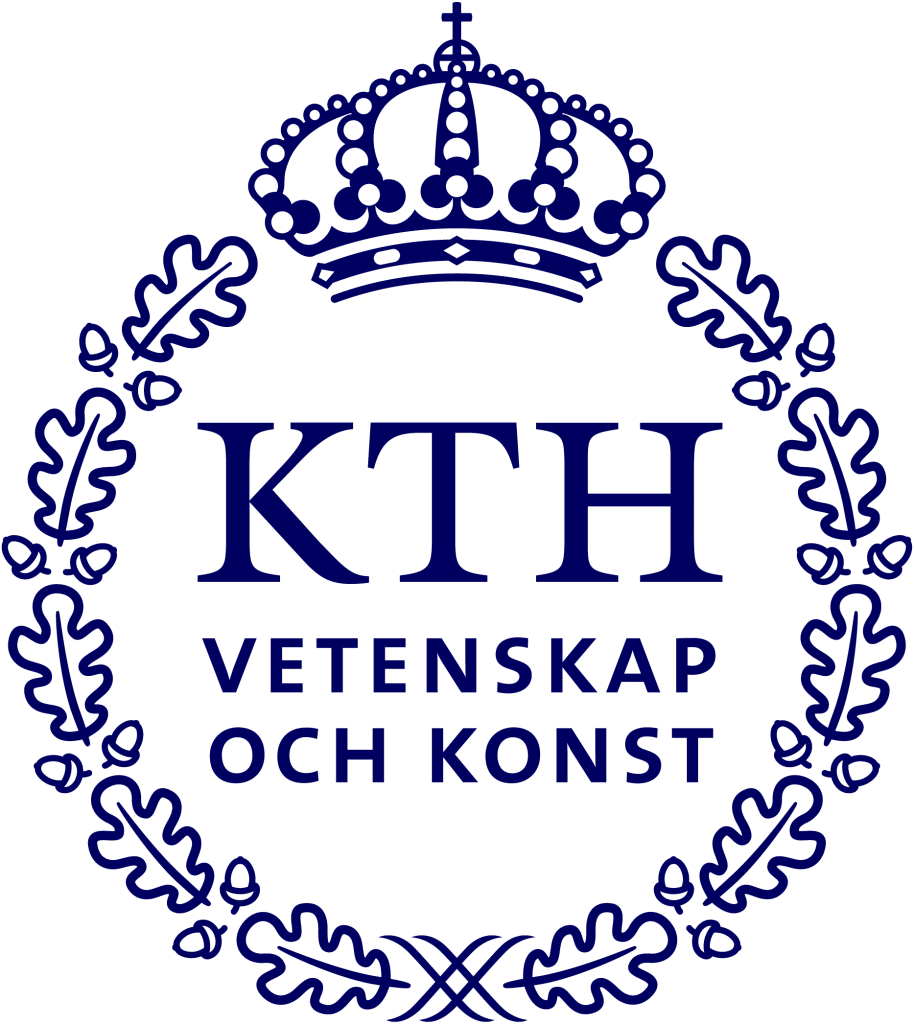Program 4: Composites for energy and electronics (2019 – 2023)
Complexing forest-based biopolymers with functional materials aiming for eco-friendly and high-performing energy, electronics, and photonics technology.

Research program
Forest biopolymers provide an array of appealing characteristics for the area of electronics, energy technology, and photonics. These features involve structure, hierarchy, and organization of materials ranging from the atomic, macromolecular, all the way to the macroscopic scales. In addition, the forest-materials also provide some key-assets, related to chemical, electrochemical, and physical properties, being of particular interest for advanced technologies. With those characteristics at hand, we here explore and develop material amalgamations based on functional organic and inorganic materials and the different forest biopolymers. With an initial focus on achieving high-performing electric conductivity and photonic functionality, we then head towards developing novel devices for an array of different applications.
When combining conducting materials with cellulose and redox-active lignin derivatives, eco-friendly electrodes for batteries and pseudo-capacitors can be reached. Those can then serve as the fundamental electrode system for large-scale electrical energy-storage systems. By including additional functional materials, electrodes for other energy converting or storage systems are enabled, such as those related to fuel cells and electrolyzers. Further, by including photonic materials into cellulose-based composites, we also explore electrochromic papers and metamaterials to impact the infrared radiation characteristics. These efforts open the door to actively control several of the photonic properties of for instance smart papers.
Scientific impact
Program 4 includes an array of actions aiming at combining functions and characteristics of forest biopolymers with the ditto of electronic and photonic materials, in an effort to derive technology platforms for many future applications. The aim here is to explore and develop radically new material systems, devices, and systems of relevance for the areas of communication, energy technology, and even med-tech, at the same time complementing the technology of traditional high-tech and cellulose-based industry. With advanced forest-based material, we target for instance future batteries, fuel cells, and self-cooling papers, to a large extent based on cellulose, nanocellulose, and lignin components, that can be produced at large volumes and that defines a new era of green technology. This also means that besides the development of the functional materials, we also investigate and develop manufacturing protocols and technology systems in order to set a pathway towards prototypes and true applications in the end. With fiber spinning, coating, printing, and lamination techniques, we mimic several of the classical production schemes of the cellulose and paper industry to for instance realize energy-storage technology and electrochromic papers.
UN Sustainability Development Goals
Program manager
Magnus Berggren
Professor, LiU





